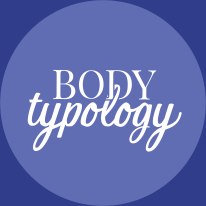Bone Density Test Results
You’ve got your bone density test results in hand, and now you’re wondering what they actually mean—and more importantly, what you can do about them.
As Dr. Susan Brown, author of Better Bones, Better Body, explains, bone density measurement provides useful information in deciding how much of a bone-building program is needed. But these tests should always be interpreted alongside your personal osteoporosis screening risk factors.
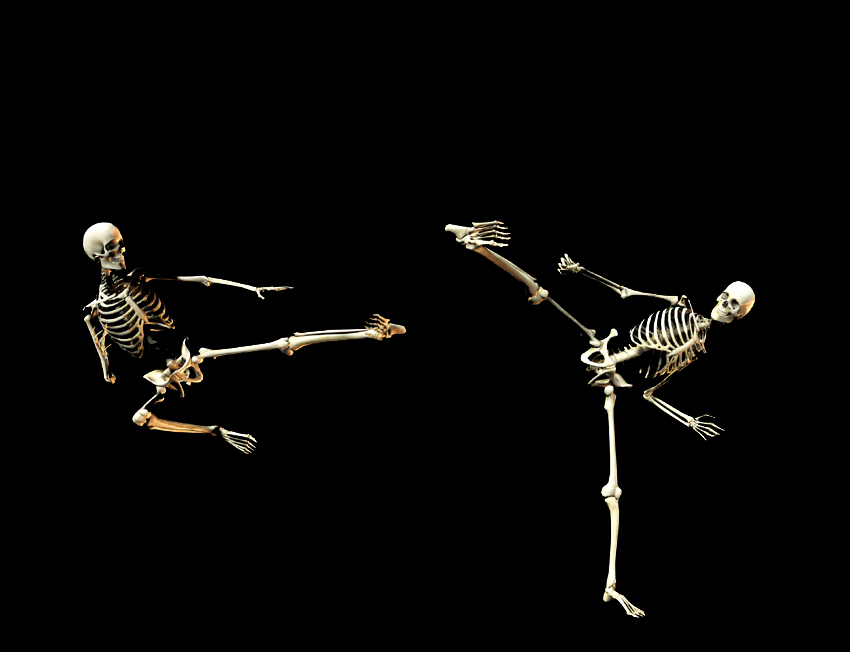
Dr. Steven Cummings also confirmed that low bone density combined with a high number of known osteoporosis risk factors increases the risk of osteoporotic fracture. However, not every woman with low bone density is automatically at high risk. It depends on your overall health picture and how many risk factors are present.
The good news? Your results don’t define your future. They are simply a tool, and with the right approach, there is so much you can do to naturally increase bone density and strengthen your body.
What Your Bone Density Test Measures
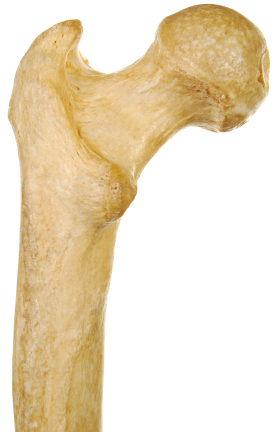
Your bone density test (sometimes called a DEXA scan) tells you the amount of mineral in a specific area of bone. The more mineral, the denser the bone. Mineral is measured in grams, the area is measured in square centimeters, and bone mineral density (BMD) is expressed as grams per square centimeter (g/cm²).
Your bone density T-score compares your bone density with that of a normal, healthy, young woman. It’s based on a statistical measure called the standard deviation, which reflects how far from the average your result is.
Understanding Your Bone Density Test Results
Here’s what those T-scores mean:
Higher than -1: Adequate bone density
Your bone mass is within 1 standard deviation of the average for healthy young women or better. Your bone mass and your risk of fractures are average or better. 85% of healthy young, adult women are in this range.
Between -1 and -2.5: Osteopenia
Your bone mass is within 1 and 2.5 standard deviations lower than the average for healthy young women. Your bone mass is lower than normal and your fracture risk is twice as high as average. 1 to 14% of healthy young, adult women are in this range.
Less than -2.5: Osteoporosis
Your bone mass is more than 2.5 standard deviations lower than the average for healthy young women.
Your bone mass is much lower than normal and your fracture risk is three times higher than average. Your bone mass is lower than 99% of healthy young, adult women.2
Your test may also show your “bone age” compared to your chronological age. Even if your scores don’t look encouraging right now, remember—bone loss is not a one-way street. With the right natural approach, you can rebuild.
Why Bone Density Declines
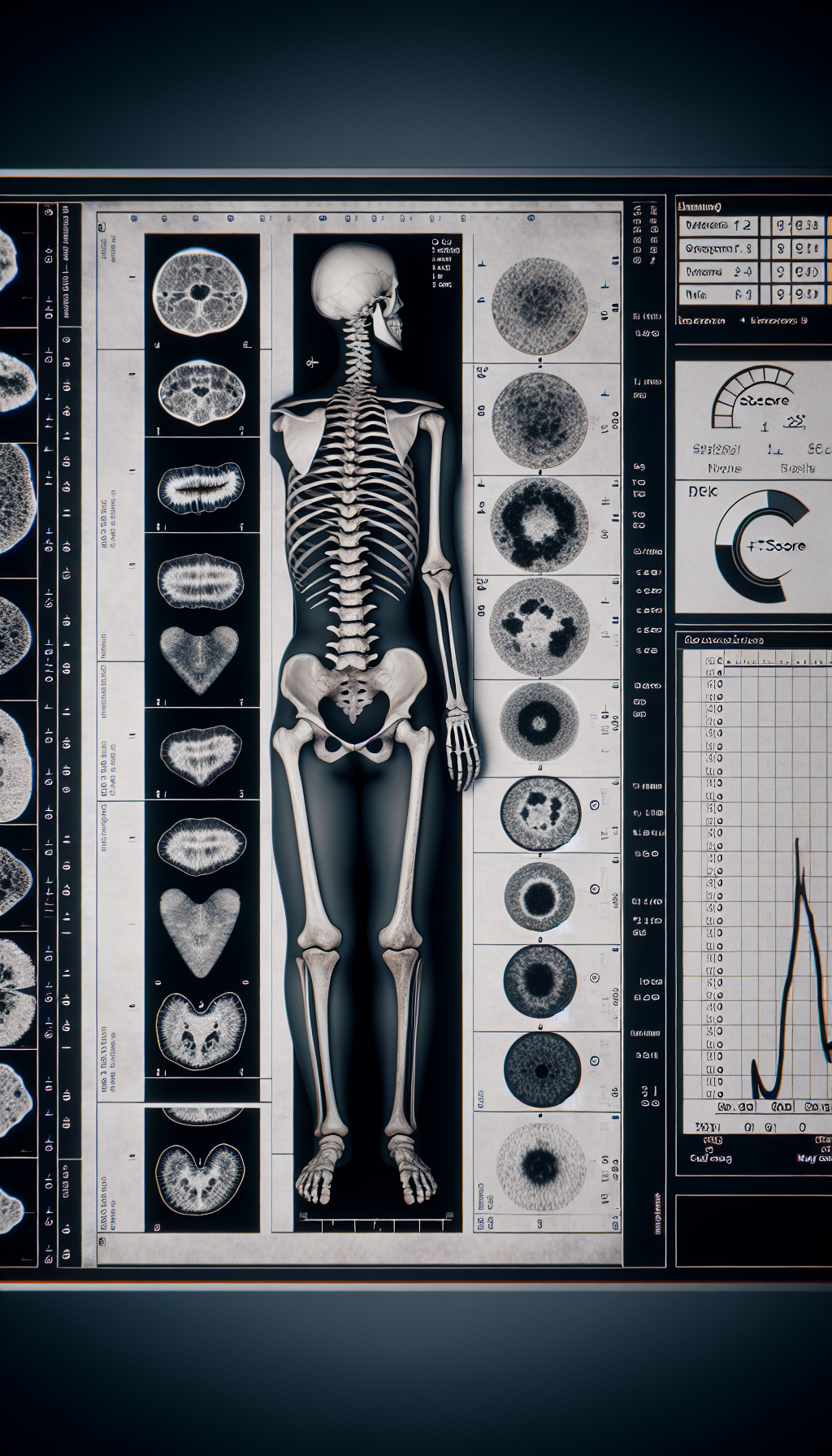
One key factor is body acidity. When the body is overly acidic, it leeches minerals from the bones, weakening them over time. That’s why testing and balancing your body’s pH is so important for bone health.
Lifestyle factors such as diet, stress, and nutrient deficiencies also play a major role. This is where the naturopathic approach shines: instead of just looking at numbers, we look at the whole person.
A Real Example: Rebuilding Naturally
Rena was 57 when she had her first test and was diagnosed with osteopenia. Her T-scores were -1.8 for her spine and -0.8 for her femur. Her spinal bone density was the equivalent of a 64-year-old woman.
She decided to take charge naturally. Rena improved her diet, reduced acidity, added key vitamins and minerals, and worked on managing stress.
Five years later, at age 62, her spinal bone density had improved to -0.3—the equivalent of a 49-year-old woman. Her femur score had improved to that of a 42-year-old woman.
Step by step, by addressing the causes, she rebuilt her bones without relying solely on medication.
You’re Not Stuck With Your Results
Your bone density test results are simply a starting point. With the right guidance, you can feel relieved, hopeful, and empowered, knowing there are safe, natural steps you can take to protect your bones, improve your health, and even drop the extra pounds that have been weighing you down.
As a naturopath since 2006, with a passion for healthy living and research going back to 1990, I’ve helped hundreds of women heal naturally, restore balance, and transform their health. You can absolutely do the same.
What To Do Next
Your bone density test results are only one piece of the puzzle. What matters most is what you do now.
- Balance your diet for bone strength.
- Reduce acidity in the body.
- Manage stress and support your hormones.
- Use targeted supplements when needed.
- Align with your body type for optimal weight loss and health.
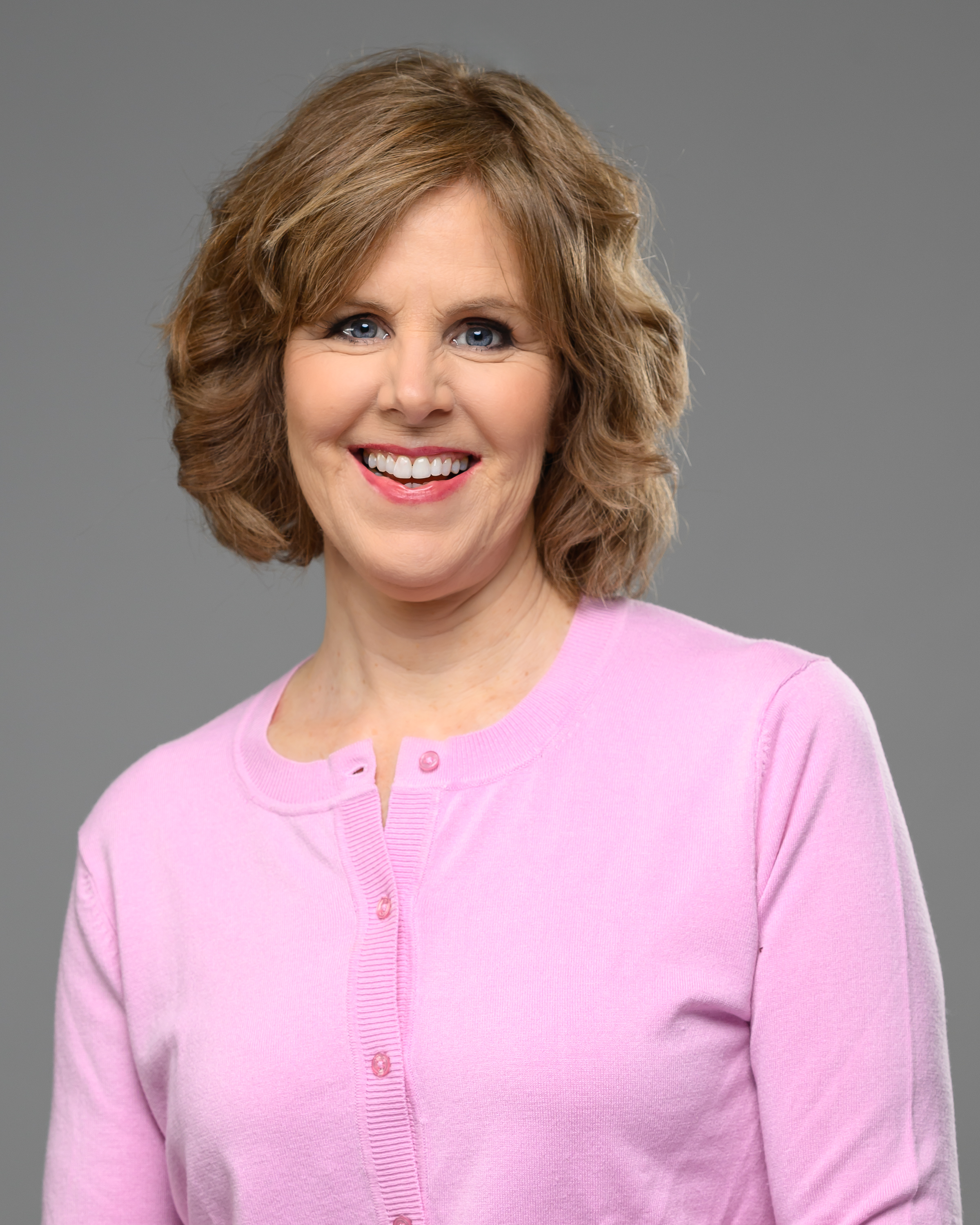
Your bone density test results are only one piece of the puzzle. What matters most is what you do now.
- Balance your diet for bone strength.
- Reduce acidity in the body.
- Manage stress and support your hormones.
- Use targeted supplements when needed.
- Align with your body type for optimal weight loss and health.
You don’t need to do this alone. Together, we can create a natural, personalized plan for your unique needs.
👉 Book your free discovery call today and let’s talk about your bone density test results, your health goals, and the best natural ways to strengthen your bones and your body.
You’ll leave our call feeling confident, reassured, and ready to take the next step toward a stronger, healthier you.
References:
1. Cummings, Steven, et al., "Risk Factors For Hip Fracture In White Women," The New England Journal of Medicine332.12 (1995) 767-774.
2. Nelson, E. Miriam. PH.D. Strong Women, Strong Bones (New York: G.P.Putnam's Sons, 2000) 65-81.



